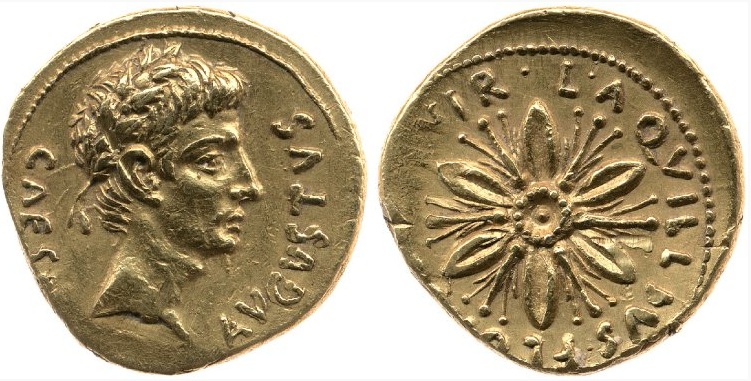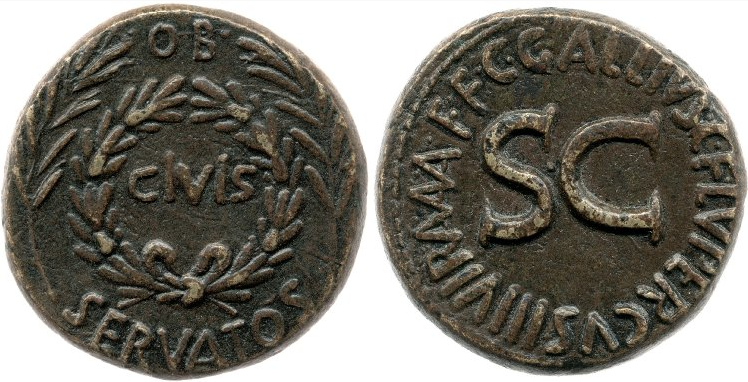Ancient Coin of the Day: An aureus of ca. 18 BC, a lovely example of a moneyer& #39;s coin, carrying the magistrate& #39;s name, Lucius Aquillius Florus, on the Reverse. #ACOTD
Image: RIC 1 Augustus 308
Image: RIC 1 Augustus 308
This coin is from the mint in Rome and was produced by one of the magistrates responsible for coinage, the & #39;tresviri aere argento auro flando feriundo& #39; (The Three Men of the College responsible for the Casting and Striking of Bronze, Silver, and Gold), IIIVIR in the Legend.
Augustus& #39; reforms to the & #39;cursus honorum& #39; had meant that those holding the position tended to be younger men in their first official magistracy. This was a savvy move from Augustus, as the inexperienced magistrates would be less likely to & #39;rock the boat& #39;.
Augustus knew the propaganda value of coinage, which is why the symbols on these coins continued to be dominated by Augustan imagery, such as the & #39;corona civica& #39; on this denarius of C. Gallius Lupercus fro 16 BC.
Image: RIC 1 Augustus 377
Image: RIC 1 Augustus 377
Hence the novelty value of the Reverse of the coin at the head of this thread, where the petal design serves as a simple visual pun on the name of the magistrate Florus.
#ACOTD
#ACOTD

 Read on Twitter
Read on Twitter




